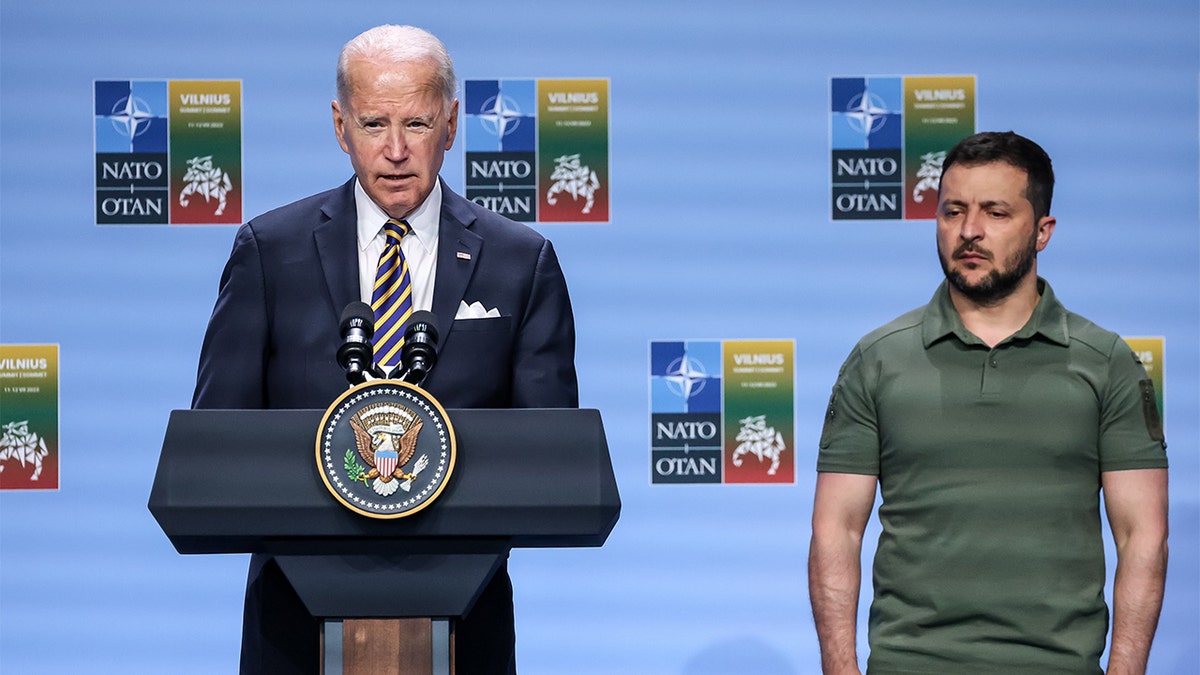President Biden's authorization to activate up to 3,000 reservists for bolstering U.S. troop presence in Europe underscores the military's ongoing recruitment struggles. This decision comes as the conflict in Ukraine continues to evolve, marked by recent events such as the Wagner Group's attempted coup and subsequent relocation to Belarus, raising concerns about NATO's eastern flank vulnerabilities.

The president's executive order empowers the defense and homeland security secretaries to mobilize members of the Selected Reserve and Individual Ready Reserve for Operation Atlantic Resolve within the U.S. European Command's area of responsibility. Since the onset of the Ukraine conflict, the U.S. has significantly amplified its European presence, deploying an extra 20,000 troops. This heightened international engagement has added strain to the military, already grappling with a persistent recruitment deficit.
While all military branches faced recruitment challenges in fiscal year 2022, the Army was the only branch to miss its target. This year, the Army, Navy, and Air Force anticipate falling short of their recruitment goals by thousands, with only the Marine Corps projected to meet its target of 29,000 recruits.

A Pentagon spokesperson clarified that the activation of reservists is unrelated to recruitment issues. According to Lt. Gen. Douglas Sims, the mobilized reservists will not expand the overall troop count in Europe, but rather fill specific roles currently held by active-duty members, enhancing operational flexibility.
The Individual Ready Reserve (IRR) comprises former active-duty or reserve personnel who remain contractually obligated for potential activation by presidential order, even if not currently engaged in military activities. The Army describes these individuals as trained soldiers available to replace active-duty and Army Reserve personnel if necessary.

National Security Council spokesperson John Kirby indicated that many reservists will handle administrative tasks, enabling the continued deployment of active-duty personnel to bolster NATO's presence in Europe. This decision underscores the administration's recognition of the altered security landscape in Europe and the need for a sustained military presence in the region.
Comments(0)
Top Comments